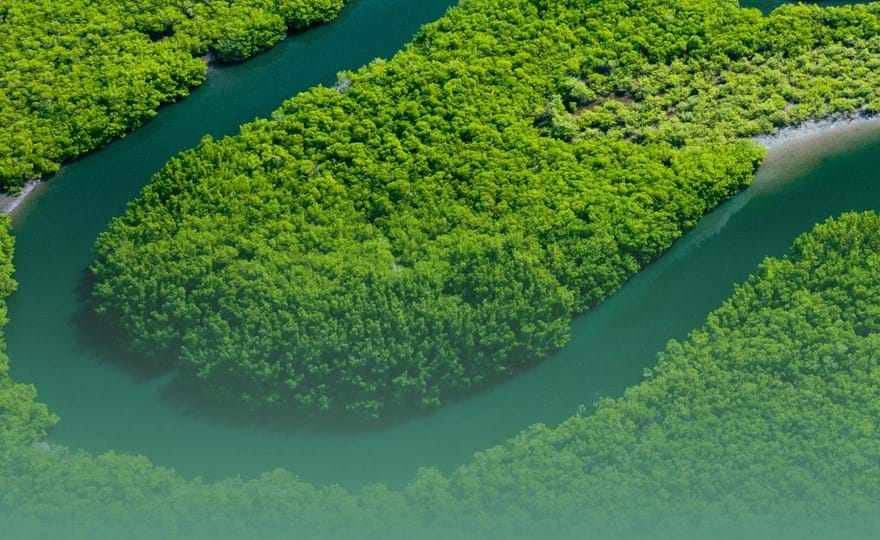ClientEarth Communications
31st July 2024


As the planet faces unprecedented environmental challenges, understanding the connection between the climate and nature (or biodiversity) crises has never been more crucial.
Below, we'll explore the link between these two urgent crises and how they impact and affect each other, as well as what solutions exist to solve both and protect our future.
The climate crisis refers to significant changes in global and regional climate patterns, primarily due to the increase in greenhouse gas emissions from human activities. This leads to a rise in global temperature, extreme weather events, and changes in weather patterns, affecting ecosystems and human societies.
The nature crisis, also known as the biodiversity crisis, involves the rapid decline of Earth's natural world. This includes the loss of species, degradation of ecosystems, and a reduction in genetic diversity – the total number of genetic characteristics in the make up of a species. Human activities, such as deforestation, pollution, and overfishing, are major drivers of this crisis.

Biodiversity plays a crucial role in mitigating climate change. Healthy ecosystems, such as forests, wetlands, and oceans, act as carbon sinks, absorbing carbon dioxide from the atmosphere. In addition, diverse ecosystems are more resilient to climate impacts, and better equipped to provide essential services like water filtration, soil stabilisation, and crop pollination.
We work every day to use the power of the law to protect our environment. We look to always fight for sustainable solutions that protect both our climate, biodiversity and people.
We hold governments and corporations accountable for the harm they cause to the environment. And we aim to set precedents that drive systemic change, so each action has lasting impact.
